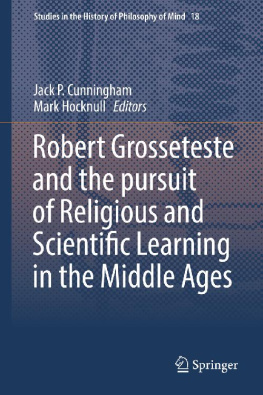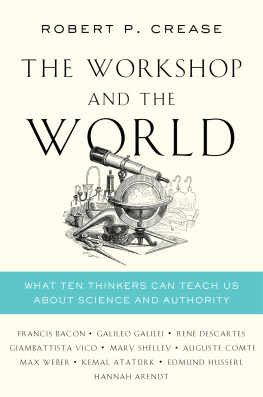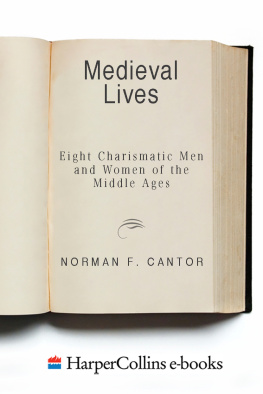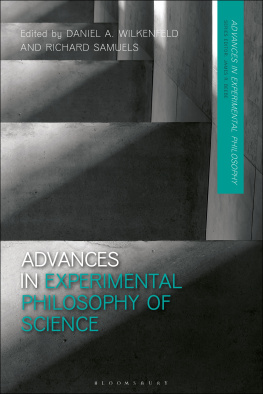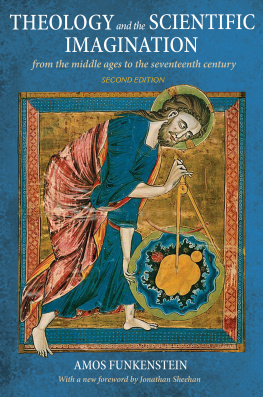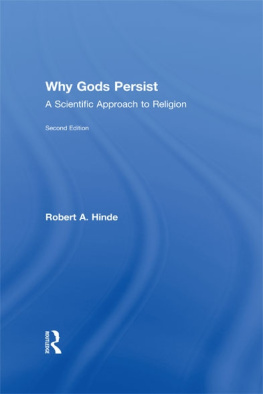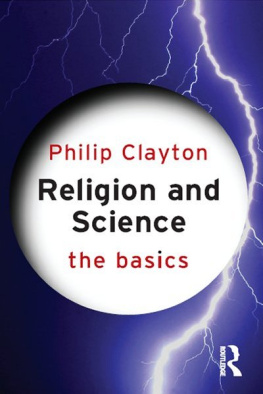In July 2014 scholars from all over the globe met in Lincoln for Bishop Grosseteste Universitys third international conference on Robert Grosseteste which took as its title, Robert Grosseteste and the pursuit of Religious and Scientific Learning in the Middle Ages. The group made up an eclectic body of academics from a wide range of disciplines including theology, physics, cosmology, history, philosophy and experimental psychology. Quite possibly the whole exercise should have failed since academics from such different subject groupings usually have little to say to one another when it comes to their work. It was instead a resounding success as colour scientists explained to medievalists Grossetestes colour theories, historians described to modern cosmologists the inner workings of the medieval scientific mind and physicists provided profound insights into what all this meant in terms of the relationship between faith and science. Two questions emerged above all others as the 3 days of conference progressed. Firstly, how might we best place the Bishop of Lincoln in the history of science after the bold assertions of Alistair Crombie in the 1950s and the new understandings that are emerging from the tremendously important work of the Ordered Universe Project at Durham University? Secondly, what if anything, might all this say to us in the twenty-first century about the relationship between science and religion? This volume does not pretend to present a single answer to either of these questions; indeed, our two final chapters represent quite opposing points of view. What it does hope to do is present fifteen contributions to the answering of these and related questions from scholars with a wide range of expertise who might combine their learning to produce something that is able, in a small way, to approach the inner workings of a mind as staggeringly intelligent as the medieval polymath that was Robert Grosseteste.
When the Archbishop of Canterbury, Randall Thomas Davidson, asked Einstein what effect his theory of relativity would have on religion, Einstein is reported to have replied None. Relativity is purely a scientific matter and has nothing to do with religion (Eddington 1939). On the face of it, this is a simple statement, well supporting the common view of the separation of the sciences from religion with the popular aphorism of science dealing with the how questions and that of religion dealing with the question of why. Yet this statement of Einstein belies both the historical complexity of the relationship between science and religion and their interconnectedness in Einsteins own scientific work and religious belief structure. One of the reasons that Einstein rejected the Copenhagen statement of 1927 on quantum indeterminacy, and the possibility of only statistical accounts of the quantum world, was his deterministic view of the universe drawn from a religious view of the world as the creation of Mind. It would seem that attempts to compartmentalise human thought are not so simple and straightforward as we might sometimes wish. Such a separation makes for interesting analytical schemes but belies the complexity of historical and personal realities. Einstein himself in subsequent writings seems to have discarded this separation thesis. Whilst this could be explained away as a change of mind, it is perhaps better understood in a different way. In his response to the Archbishop, Einstein had in mind institutional or organised religion: he was after all replying to the head of a religious institution. In his subsequent reflections on the relationship between science and religion, he was more interested in ideas and the impact science might have on religion or theology as a systematic discipline and personal belief system. Such apparent contradictions within the reported output of one modern scientist indicate the great difficulty the historian faces in analysing the relationships between the many different areas of the thought and work of historical figures. If the historian faces such problems with a modern, twentieth-century figure where the sources are plentiful and well attested, how much more difficult in the case of a medieval figure such as the thirteenth-century Bishop of Lincoln.
The middle of the twentieth century saw an explosion of interest in the ideas of Robert Grosseteste as a significant figure in the development of medieval science and thus as a pioneer and forerunner of the developments which lead to modern experimental science. This expansion of interest was no doubt related to the 700th anniversary of the death of Grosseteste, but also must be connected to the discovery of the connection between Grosseteste and Roger Bacon, who had been somewhat lionised by historians of the nineteenth century as the persecuted harbinger of experimental science. Earlier in the century, Ludwig Baur made a decisive move in arguing for the importance of Grosseteste in the development of both experimental method and the mathematical description of the physical world (Baur 1917). Though as one might expect with such a development of interest, there was no consensus about the importance of Grosseteste, and there was considerable debate about the precise nature of that influence and indeed the essence of Grossetestes scientific identity. In this regard, the most widely known work to examine the place of Grosseteste in the history of science is that of Alistair Crombie (1953). Crombies central thesis is not merely that experimental method was developed within Grossetestes school at Oxford but that this development stands in direct continuity to modern experimental science. The experimental method, and its allied term empirical observation, in modern science means something that is along the lines of the contrived or controlled observation of the effects of different variables. It is this contrived means of manipulating and observing the natural world that it is claimed Grosseteste developed in his writings and reflections on the physical world. Whilst there may be little or no difficulty in demonstrating Grossetestes insistence that the physical world be described mathematically and on the basis of observation (see his remarks in De Lineis, angulis et figuris , for example), demonstrating that the observations which he refers to constitute experimental observation is quite a different matter. The term experimentia understood in its proper thirteenth-century context means nothing other than the observations made from experience, normal, everyday, common experience, as Bruce Eastwood convincingly demonstrates (Eastwood 1968). Moreover, it is not always clear that when Grosseteste refers to experimentia , he always means his own direct observation, for he also uses the term to enlist the support of observations recorded in his sources. McEvoy draws our attention to Grossetestes Notes on Physics in this respect (1986) . As such, Grossetestes method remains firmly Aristotelian and bears no relationship to the controlled experiment central to modern science. On this view, Crombie has gone beyond the limits of his sources in claiming for Grosseteste the development of controlled experimental observation. It is far from clear, however, that considerations such as these settle the question of Grossetestes place in the history of sciencefar from it, in fact, since criticisms of Crombie have merely increased and broadened the discussion. Alexandre Koyr, for example, whilst deeply critical of Crombies assessment of Grossetestes practice of experimentium , nevertheless sees in Grosseteste the beginnings of the mathematical description of the physical world which has been one of the distinguishing marks of modern science since at least the time of Newton (1957). For Koyr, it is Grossetestes turning to mathematics that is the defining moment in determining his place in the history of science, for this love of mathematical or geometrical description marks the decisive turn from Aristotelian empiricism. Grossetestes De Lineis begins with the opening sentence The value of considering lines, angles and figures is very extensive, since it is impossible to understand natural philosophy without them. We might paraphrase this view as it is impossible to understand the physical world without mathematics. Herein then, perhaps, lies Grossetestes place in the history of science, not as the progenitor of experimental method but in making a decisive step towards the naturalistic, mathematical description of the physical world. For Grosseteste, mathematics is no mere abstraction from the world; it is rather the very nature of that worldnot for Grosseteste the distinction that became so important during the Reformation between an abstract mathematical description of the, in this case heliocentric, universe used as an aid to calculation and that same mathematics claimed as an actual description of the physical world. Grosseteste anticipates Keplers sentiment Ubi materia, ibi geometria by some four centuries.

